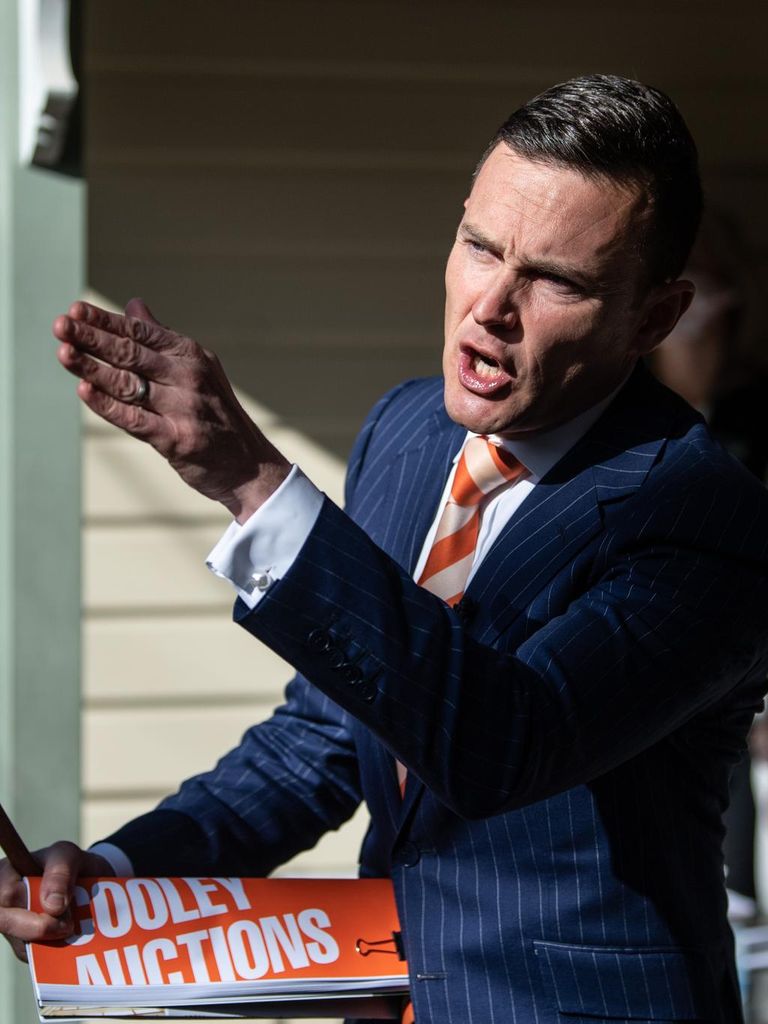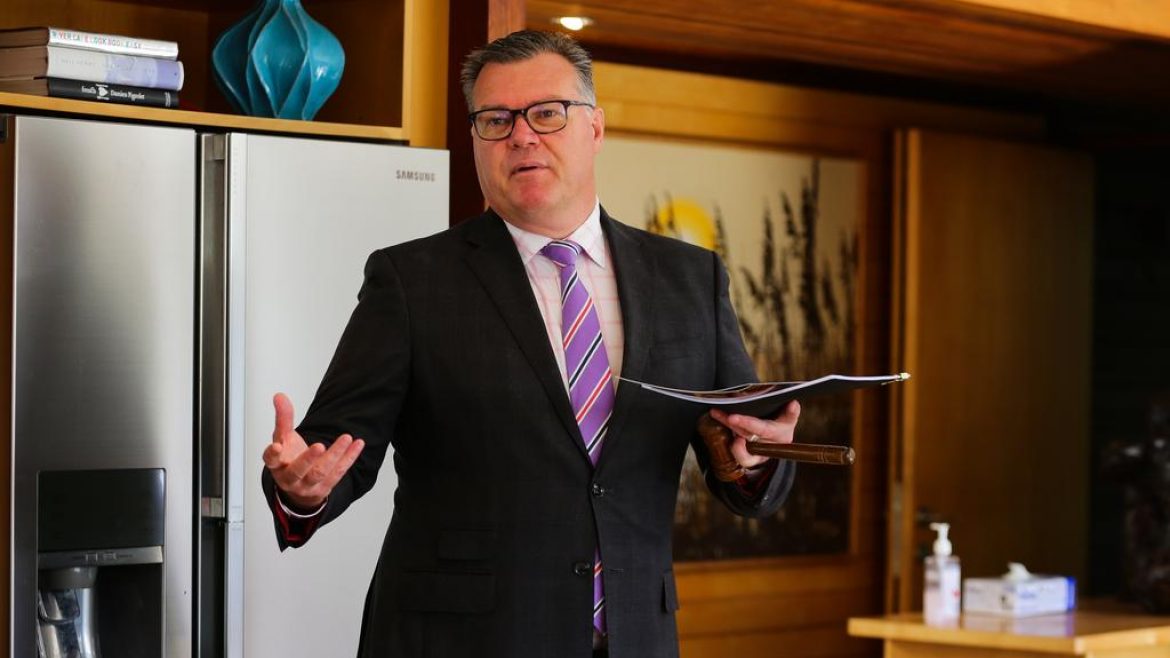
The property market has performed well during the COVID-19 crisis. Picture: Sunday Telegraph / Gaye Gerard
The Sydney residential property market is in surprisingly better shape going through the pandemic recession than almost every commentator had expected.
As the spring selling season gets underway, one of the most astute market watchers Christopher Joye has also detected signs the COVID-19 induced housing correction may be coming to an end. The main risk to the “nascent recovery is a second wave emerging in New South Wales,” he wrote in the Livewire newsletter, suggesting there was already evidence of a significant deceleration in losses across Sydney.
MORE: Luxury bush oasis on Sydney’s doorstep
How the Sydney Olympics changed how we live
Across Australia’s capital cities, home values have declined 2.5 per cent since their April 2020 peak, consistent with his projection that the COVID-19 shock would induce a 5 per cent drop in prices at most.

Sydney prices have stayed resilient. Picture: John Appleyard
“Consensus expectations have entered around much larger price falls of between 10 per cent and 30 per cent nationally,” Joye wrote.
“Our March forecast for a modest correction followed by strong house price appreciation in the order of 10 per cent to 20 per cent in the years thereafter remains intact.”
Joye was the first to spot the last recovery, when after the May 2020 Federal election he advised that a house price recovery was underway.
His latest scenario was premised on “supportive measures in the upcoming federal budget.”
Shane Oliver, the chief economist and head of investment strategy at AMP Capital, forecast prices to fall as much as 20 per cent, and last month was forecasting average property prices will fall by 10 per cent to 15 per cent annually from April.
Oliver still sees Sydney as especially vulnerable given the high dependence on immigration and “greater investor penetration.” He thinks it is likely that the price falls will increase in size from October as the government economic support measures start to decrease.

Auction clearance rates have been steady. (Photo by James Gourley/The Sunday Telegraph)
The Commonwealth Bank has tweaked its forecast but now says Sydney prices would begin a recovery by mid-2020. It’s a significant shift from the bank calculating in May that there was a 30 per cent fall worse case scenario.
“We expect dwelling prices to continue to decline at a modest pace and to trough in Q1 21,” says CBA’s head of Australian economics Gareth Aird. “But we expect solid recovery in prices from H2 21 as borrowing cost becomes the dominant influence.”
I still think unemployment ought be the dominant influence on house prices, but this scenario has not been in vogue since high unemployment last hit the market in the early 1990s.
NSW was fortunate that its unemployment rate going into the pandemic was around its lowest level in a decade, and it has the capacity to proceed full speed ahead with state changing infrastructure projects.
But businesses will need incentives to retain and hire. Many may be understandably reticent to boost their payroll too rapidly.
Their caution is contrasted by the surge in first-time buyer interest, with the latest data showing the First Home Loan Deposit Scheme has helped get thousands of Australians into a home sooner.
The scheme supported one in eight of all first home buyers who purchased a home in Australia between March and June. With essential workers securing one in six of the homes, these guaranteed loan recipients ought be safe even with a prospect of negative equity next year.
The post Sydney property market in better shape than expected through pandemic recession appeared first on realestate.com.au.

